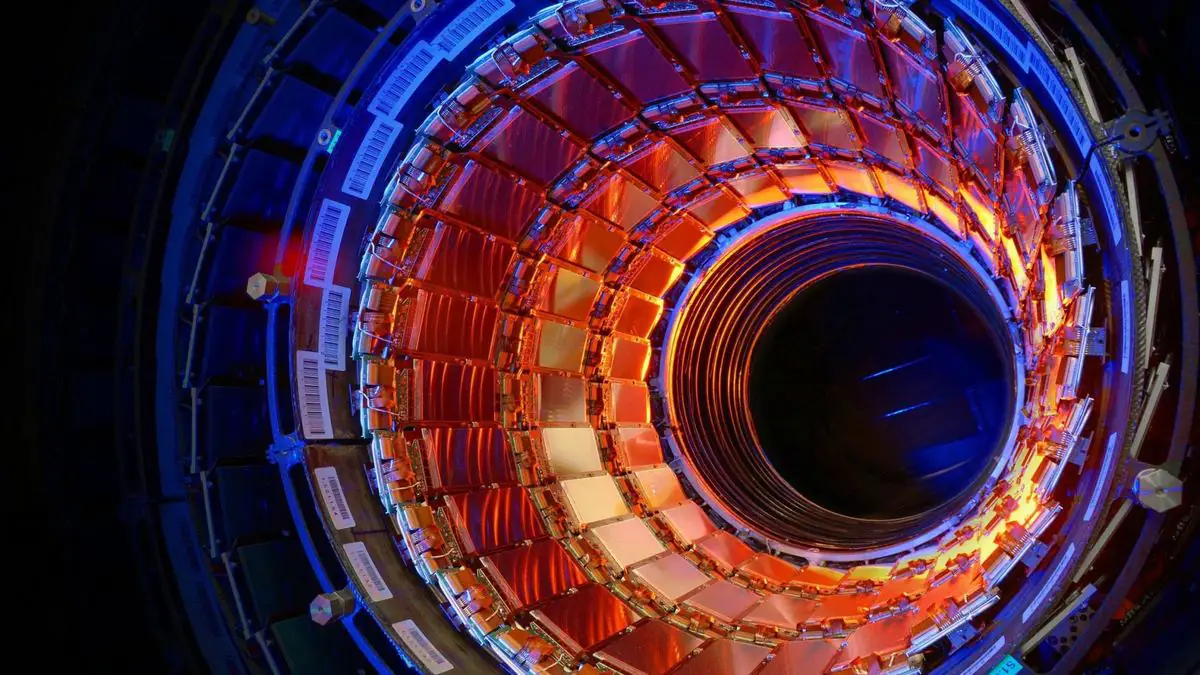The Large Hadron Collider (LHC) is one of the most massive scientific projects in human history. It was created to study the fundamental particles that make up everything around us — from the air we breathe to the stars in the sky. Despite the complicated name, the collider’s concept is actually simple: it’s a giant machine that accelerates particles to incredible speeds and smashes them together to study what happens during these microscopic “explosions”, reports the Baltimore Chronicle.
This device helps physicists learn more about the origins of the universe, dark matter, antimatter, and other mysterious phenomena. In this article, we’ll explain in more detail where the LHC is located, why it was built, and also debunk a common joke about the so-called “Large Android Collider.”
Where is the Large Hadron Collider located?
The Large Hadron Collider is located at the European Organization for Nuclear Research (CERN), near Geneva, on the border between Switzerland and France. It is built inside a tunnel about 27 kilometers long, laid underground at depths of up to 175 meters.
Key facts about its location:
- Location: border of Switzerland and France
- Depth: up to 175 meters underground
- Tunnel length: 27 km
- Operational since: 2008
- Managed by: CERN
The tunnel was originally built in the 1980s but was heavily modernized for LHC purposes. Inside, there is complex equipment, including superconducting magnets cooled to temperatures near absolute zero.
What is the purpose of the Hadron Collider?
The main goal of the Large Hadron Collider is to study elementary particles. Scientists aim to understand how the universe was formed, what dark matter is, and how particles acquire mass.
Main objectives of the LHC:
- Colliding particles at high energies
- Discovering new particles (e.g., the Higgs boson)
- Studying interactions between elementary particles
- Testing physics theories, such as the Standard Model
- Exploring antimatter
The collider allows scientists to recreate the conditions that existed immediately after the Big Bang — the moment the universe was born. This gives them the chance to observe how everything we see today might have started.
What is the Large Android Collider?
This is a common mistake or simply a joke. In reality, there is no such thing as a “Large Android Collider.” Some people may confuse the words “hadron” and “android” because they sound somewhat similar.
Why is it a mistake?
- “Android” refers to a mobile operating system
- “Hadron” relates to a type of particle
- The “Large Android Collider” is a made-up term
The correct name is the Large Hadron Collider. It has absolutely nothing to do with smartphones. This error is often found in memes or humorous social media posts.
What is the name of the world’s largest accelerator of charged particles?
The Large Hadron Collider is indeed the largest and most powerful accelerator of charged particles in the world. It was built to carry out experiments in high-energy physics.
What makes it stand out:
- Largest ring diameter (27 km)
- Highest collision energy (up to 14 teraelectronvolts)
- Ability to generate new particles
- Unique detectors (such as ATLAS and CMS)
This accelerator uses magnetic fields to control the movement of particles, which travel at nearly the speed of light before colliding. The data from these collisions are analyzed by scientists in real time.
Comparison table:
| Collider Name | Tunnel Length | Max Collision Energy | Location |
|---|---|---|---|
| LHC (Large Hadron) | 27 km | 14 TeV | CERN, Switzerland/France |
| Tevatron (decommissioned) | 6.3 km | 2 TeV | USA |
| RHIC | 3.8 km | 0.5 TeV | USA |
How does the Large Hadron Collider work?
To understand how the LHC works, imagine two streams of particles moving in opposite directions inside a circular tunnel. When they collide, they produce energy that can create new particles.
Key steps of operation:
- Generation of protons or ions
- Initial acceleration
- Injection into the main ring
- Acceleration to high energies
- Collision at special detection points
- Data collection and analysis
Each LHC experiment lasts weeks or even months, while processing the data can take years.
Earlier we wrote that UK develops system to predict potential killers.

